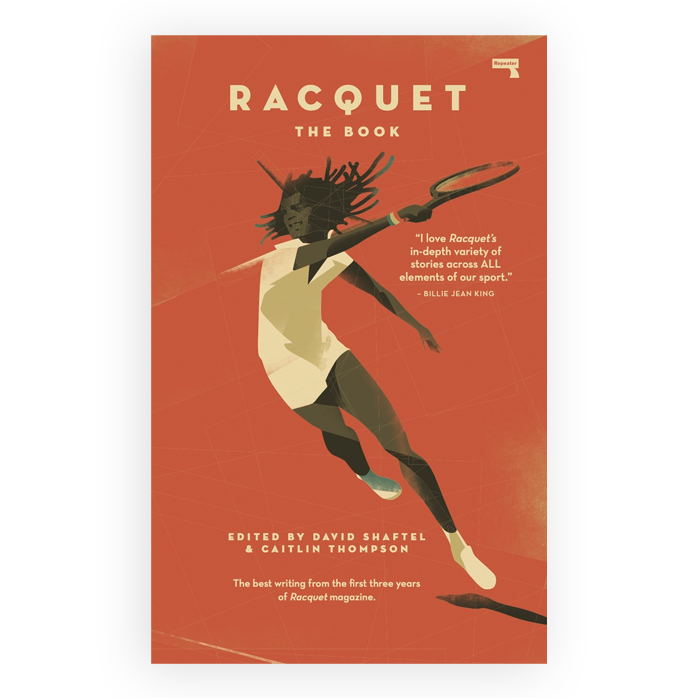By Giri Nathan
Root for Jelena Ostapenko, because I really want it to be the case that she either loses in the first round of the French Open or wins it—nothing in between. Back in 2016, as a 19-year-old playing in the main draw for the first time, Ostapenko fell in the first round. She was ousted by a fellow teen named Naomi Osaka.
Then in 2017, ranked No. 47 in the world, Ostapenko returned to Paris and did something strange: whooped like a large bird, hit the tennis ball into eraser dust, and left four seeded players in her wake as she became the first unseeded woman to win there in 84 years. In the final, she recovered from a set and a break deficit versus Simona Halep to win her first professional title, tallying an extremely on-brand 54 winners and 54 unforced errors as she did it. That seemed to be her promise: a prickly young star with no patience for the slow exchange and an unholy appetite for cleaning the dirt off the lines at 76 mph. She drove fast and cursed and generally brought chaos. I was looking forward to many years of this, since tennis has always benefited from such powerful auras. What could be spicier than a rowdy young person with a clay-unfriendly style barging into Roland-Garros and winning the whole thing? Doing it again, maybe.
She has not quite delivered on the promise of that season. The prickliness stuck around, but the results did not. Since winning the 2017 French Open, Ostapenko has not won three consecutive matches on clay. She lost in the first round of the tournament in 2018 and 2019. Somewhere in this time, she was anointed the undisputed queen of the double fault. Having last tasted the top 10 in September 2018, she dropped as low as No. 83 in the world in July 2019, and came into this week ranked No. 43, just four spots higher than she was before her title run. While she has enjoyed rashes of success on hard court and grass in the interim—including a quarterfinal and semifinal appearance at Wimbledon—she still has plenty of unfinished business on the surface where she made her name.
Now, suddenly, Ostapenko has a reasonable opportunity to get that elusive third consecutive clay-court win, against world No. 87 Paula Badosa. In the second round, she had to go through Karolina Pliskova, the tournament’s No. 2 seed and favorite by any measure. (Though while we’re here, let’s note this is the same Pliskova who Ostapenko beat in Beijing last year despite dumping an astonishing 25 double faults in the match.) In a match of power hitters, Ostapenko showed she had other things in her bag. If you had told me in 2017 that three years later Roland-Garros would be celebrating an Ostapenko drop shot, I would not believe you. I also would not have believed that the match was played in October in full compression gear, with the tennis ball moving through the cold wet air like a partially deflated beach ball, but, yeah. The pros are now just like us hackers.
After the match, Ostapenko explained that she benefits from her opponent’s expectation that she will hit big at all costs, and is playing different tennis under these unusual conditions. “I was much younger and also I was fearless,” she said. “Nobody knew me, but now it’s a little bit different.” It is a little bit different, but I hope that old traditions live on, and hope that you sustain your commitment to either flaming out of, or outright winning, the French Open.
Above: Jelena Ostapenko frowns during her second-round win over Karolina Pliskova. (Getty Images)



